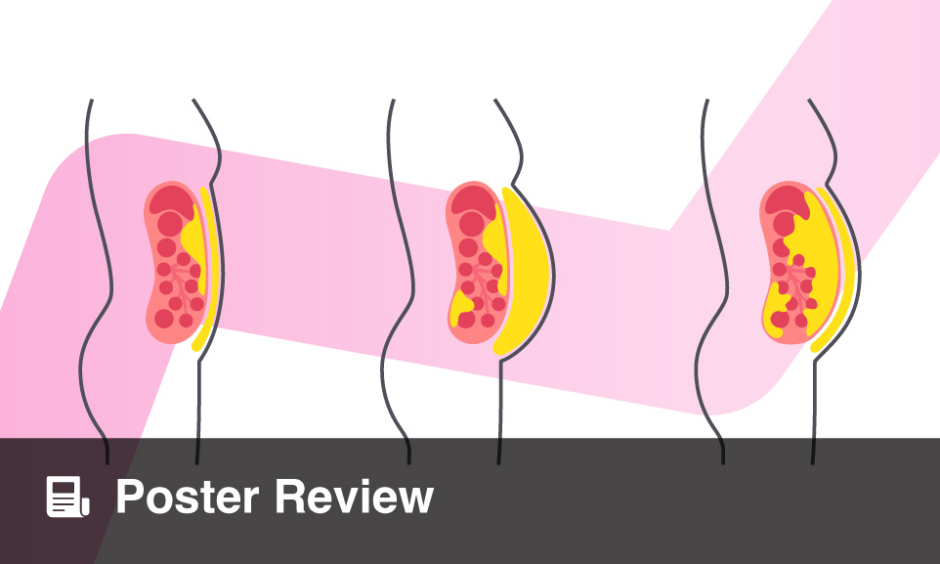CERVICOVAGINAL secretions from young females with bacterial vaginosis (BV) were shown to enhance HIV infection in new research that underscores the biological mechanisms linking BV to increased HIV risk.
The study assessed mucosal immune environments before and after metronidazole treatment in females with clinically diagnosed BV compared to healthy controls. Participants with BV displayed significant differences in vaginal pH, Nugent score, microbial diversity, and community state types at baseline. Notably, BV cases exhibited higher cervicovaginal lavage (CVL) concentrations of IL-1α and TNF-α, but lower IgG compared to controls. These immune disruptions partially improved following treatment.
A striking finding was the impact of CVL on HIV infection in vitro. While CVL from healthy controls inhibited HIV replication, CVL from BV cases significantly enhanced infection, with HIV infectivity increasing more than fourfold compared to buffer. This enhancement temporarily diminished after metronidazole therapy but was not sustained over time.
Microbiome analysis revealed that decreases in protective lactobacilli and increases in Prevotella, Dialister micraerophilus, and Peptoniphilus lacrimalis correlated with enhanced HIV infection. These microbial shifts, together with inflammatory mediators, highlight a mucosal environment that may compromise antiviral defense.
The findings provide evidence for a mechanistic link between BV-associated dysbiosis and increased susceptibility to HIV. The authors emphasize the importance of early diagnosis and the need for more effective and sustained treatments to restore protective vaginal microbiota and reduce infection risk.
Reference:
Keller MJ et al. Cervicovaginal Secretions in Young Women with Bacterial Vaginosis Enhance HIV Infection. J Infect Dis. 2025. doi:10.1093/infdis/jiaf444








